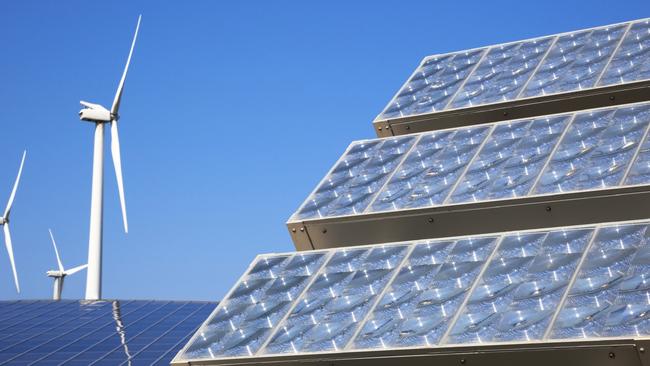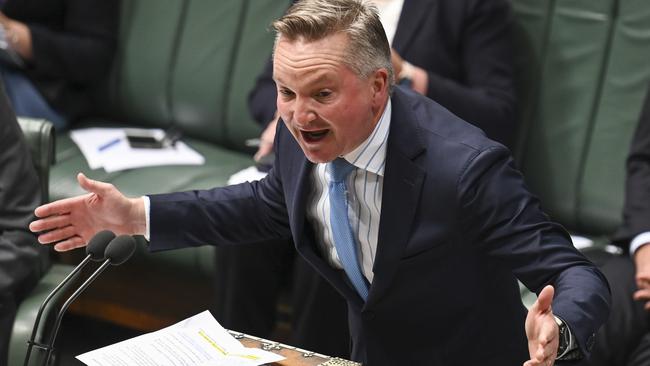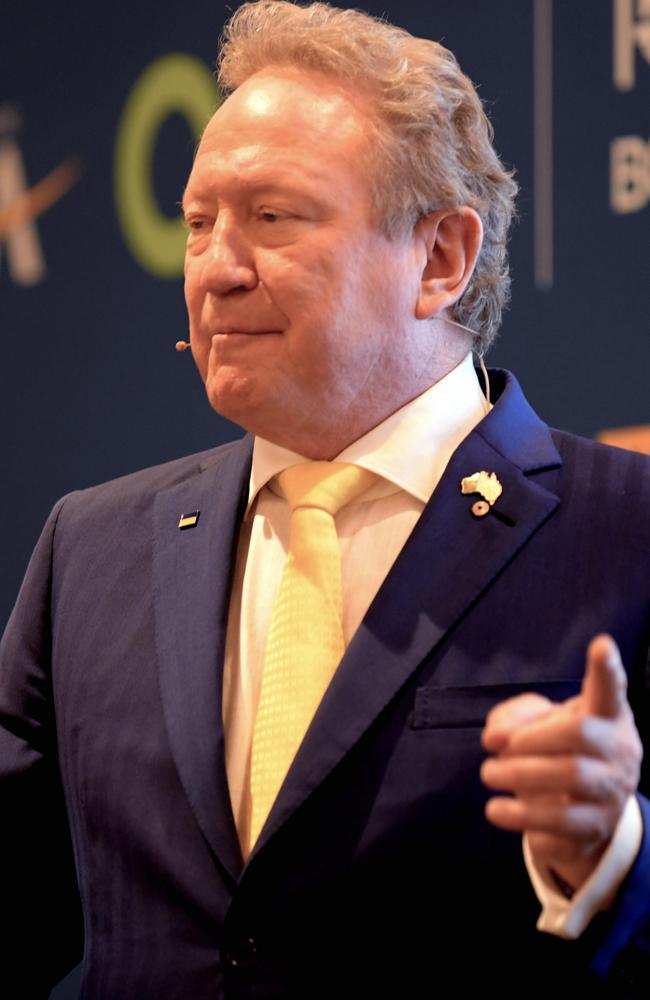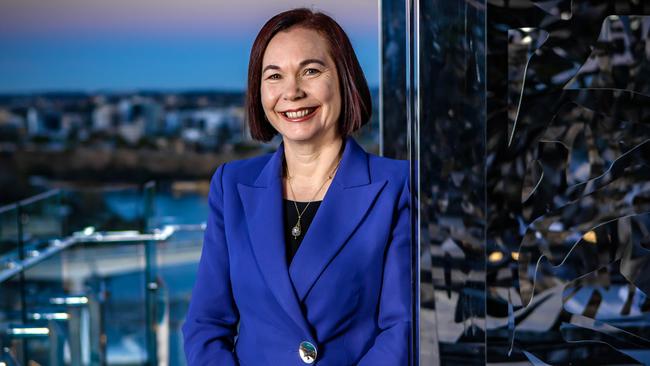Mike O’Connor: Something stinks in this insane rush to net zero
The Albanese government charges blindly into the valley of net-zero instability while the world ponders the folly of our blinkered zealotry, writes Mike O’Connor.
Mike O'Connor
Don't miss out on the headlines from Mike O'Connor. Followed categories will be added to My News.
The smell hit us like a fetid wave, our eyes watering and knees buckling as we gasped for breath.
“It’s a dead rat,” I wheezed staggering towards the balcony and heaving open the sliding doors.
It wasn’t a rat. It was a fish or rather fillets thereof that we had left in the freezer when we departed for an extended holiday.
All would have been well if God had not decided at least a week, I am guessing, before we returned to have some sport with the O’Connors and trip the circuit-breaker through which the power to the fridge flowed.
Electricity, like water, is taken for granted.

Turn on the tap and water flows. Put fish in the freezer and it freezes and stays that way until, alas, the electricity stops flowing.
If federal Climate Change and Energy Minister Chris Bowen has his way, freezing fish or anything else will not be an option, his zealotry in pursuing net zero targets in the face of mounting evidence that madness lies that way leading the nation down the path towards blackouts and bankruptcy.
The Albanese government, in pursuing its target of 82 per cent renewables by 2030, has just announced it plans to increase renewable energy capacity from 6GW to 32GW.
They’re just numbers to you and me but those that know say that this is a massive increase and will be paid for by taxpayers by way of subsidies.
How much will it cost? Sorry but that’s a secret, Bowen borrowing from our very own Annastacia Palaszczuk’s hymnal and parroting “commercial in-confidence” when anybody asks.
Educated guesses, however, put it at $1.5 trillion by 2020 and up to $9 trillion by 2060. A trillion, if you were wondering, is a million million.

One source of this renewable energy will be offshore wind turbines, the minister promising sufficient generating capacity to power 16 million homes.
This lofty assurance would require the construction of 5400 giant offshore wind turbines at an estimated cost of $86bn.
Pigs will become airborne and glide through the air like eagles before this happens.
Farmers are also realising that the projected wind farms and the enormous transmission lines necessary to connect them to the grid will affect their livelihoods, destroying arable land and diminishing their lifestyle and are calling their lawyers.
Central to keeping the fish frozen is Snowy Hydro 2.0, which was costed at $2bn when the project started.
That figure is now $12bn and will head inexorably north with some estimates putting the total cost at $25bn. Progress report?
In the past 20 months, the machine called Florence being used to dig a 16km tunnel has progressed 150m.

At the COP28 Climate Change Conference in Dubai this week – yes, another gabfest – Mr Bowen will hear that the US, Britain, Canada, Japan, Korea, France and Turkey are looking at nuclear power plants as part of their energy mix with the US government confirming that it was committed to nuclear power generation and along with the British proposing a tripling of world nuclear generation over the next 26 years.
Bowen refuses to even consider this option and ridicules those who propose it, safe in the knowledge that he knows better than everyone else in the developed world.
Green hydrogen is hailed as another magic source of renewable power generation by the Energy Minister, with Andrew “Twiggy” Forrest promising a $US150m plant in Gladstone.
Last week, investment bank Goldman Sachs sounded a cautionary note, saying that in spite of all the hype and photo opportunities, Forrest’s company had undertaken no engineering studies, given no indication of potential sales contracts or provided any project economics or financial metrics.

According to Bowen’s pre-election claims, the journey to 2030 targets would be made easier by our transition to electric vehicles, confidently predicting that by then 89 per cent of new car sales would be electric vehicles.
Eighteen months on, this has been revised down to 27 per cent – maybe.
Minerals Council of Australia chief executive Tania Constable, whose members include BHP, Rio Tinto and Whitehaven, has warned of what she called “the emerging instability in Australia’s energy grid.”
The Australian government charges on regardless into the valley of instability, green credentials fluttering in the breeze while the rest of the world steps back, takes a breath and ponders the folly of the blinkered renewable zealotry that has become Bowen’s trademark.





